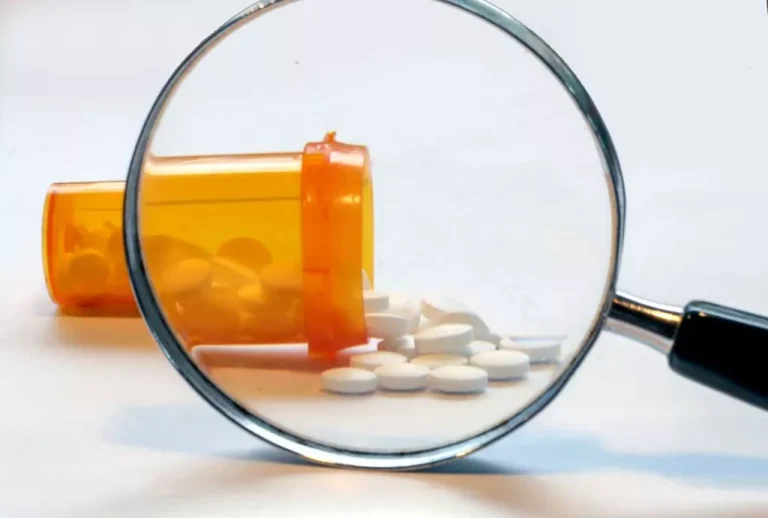Alcoholic Neuropathy: Causes, Symptoms, & Treatments

Thiamine serves as an important coenzyme in carbohydrate metabolism and neuron development. The lack of thiamine in the nervous system affects the cellular structure and can cause cell membrane damage and irregular ectopic cells. Other vitamin deficiencies seen with alcohol abuse include but are not limited to, B vitamins, folic acid, and vitamin E. Poor absorption and low intake of these vitamins have clinical features of dermatitis, neuropathy, and anorexia. Alcohol causes neuropathy via multifactorial processes, many of which are still under investigation. Alcohol enters the bloodstream from the digestive system within 5 minutes of consumption, and peak absorption is seen within 30 to 90 minutes.
What Are the Causes of This Type of Nerve Damage?
These findings support the idea that the increased number of membrane-bound mGluR5 following chronic ethanol consumption may lead to a long lasting activation of neuronal protein kinase C in the dorsal horn of the spinal cord. This phenomenon may be responsible for the induction of the neuropathic pain like behaviour following chronic ethanol consumption. Not only mGluRs but ionotropic glutamate (NMDA) receptors are also involved in alcoholic-induced neuropathic pain. Alcoholic neuropathy is a debilitating condition that arises from prolonged and excessive alcohol consumption. The detrimental effects of alcohol on the body can result in a range of distressing symptoms, including pain, numbness, and tingling sensations. Understanding the link between alcohol and nerve damage is essential for those who have experienced or are currently struggling with alcohol addiction.
Outlook of Alcoholic Neuropathy
Miyoshi et al. [15] found that a significant decrease in the mechanical nociceptive threshold was observed after 5 weeks of chronic ethanol consumption in rats. Injection of (S)-2,6-diamino-N-[[1-(oxotridecyl)-2-piperidinyl]methyl] hexanamide dihydrochloride (NPC15437), a selective PKC inhibitor, once a day for a week after 4 weeks of ethanol treatment. Moreover, phosphorylated PKC was significantly increased in the spinal cord following chronic ethanol consumption. These findings constitute direct evidence that spinal PKC plays alcohol neuropathy stages a substantial role in the development and maintenance of an ethanol-dependent neuropathic pain-like state in rats. The journal further reports that alcoholic polyneuropathy is likely caused by nutritional deficiencies and the depletion of thiamine that is caused by heavy and long-term drinking. It is most likely that drinking a lot of alcohol over several years causes direct damage to nerve cells and can also contribute to nutritional deficiencies in the body; these may both be factors in the onset of alcoholic polyneuropathy.
- Further, serotonin-norepinephrine reuptake inhibitors are prescribed to treat alcohol-induced neuropathic pain via exerting antinociceptive properties by increasing serotonergic and noradrenergic neurotransmissions [71].
- Clinical features of neuropathies in the alcoholic and post gastrectomy patients were similar.
- Most patients with alcohol neuropathy initially present with symmetrical polyneuropathies in the lower distal extremities; however, heavier abuse can progress to distal upper extremity symptoms.
- The only way to prevent alcoholic neuropathy is not to drink excessive amounts of alcohol.
Brain shows changes in regions associated with anxiety after quitting alcohol, finds study
Alcoholic neuropathy is a severe condition caused by excessive alcohol use. Damage to the nerves leads to unusual sensations in the limbs, reduced mobility, and loss of some bodily functions. Other studies have shown a direct, negative effect of alcohol and its many metabolites on the nervous system. Axonal degeneration and demyelination of neurons were seen in both humans and lab mice receiving alcohol. The cause is a diverse multifactorial process caused by damage by free radicals, the release of inflammatory markers, and oxidative stress. Avoiding excessive amounts of alcohol is the primary way to prevent alcoholic neuropathy.
Progressive & Permanent Side Effects
The first reports about the possible role of excessive alcohol consumption and induction of ALN were introduced in 1787 [60]. Lettsom has observed that paralysis and hypoesthesia related to ALN presented a higher prevalence rate in lower limbs compared to upper limbs [60]. Thus, treatment with anticonvulsant https://ecosoberhouse.com/ drugs may provide another therapeutic alternative for the symptomatic relief of pain in patients with alcoholic neuropathy. Thus, there is an urgent need to screen the vitamin E isoforms, especially tocotrienol for evaluating clinical efficacy in patients with alcoholic neuropathy.
- To diagnose alcoholic neuropathy, medical professionals will generally perform a few tests or exams to determine the severity of the disorder and what can be done to treat and manage the symptoms.
- The combined actions of catecholamines and glucocorticoids, via their receptors on sensory neurones, demonstrate a novel mechanism by which painful alcoholic neuropathy is induced and maintained.
- Due to the breadth of the literature surrounding this topic, this review shall focus exclusively upon peripheral neuropathy, without discussing autonomic neuropathy.
- In many cases, chronic drinkers are unable to store and use various vitamins and minerals, so a blood test may be used to see if you’re deficient in certain areas.
- Doctors or family and friends can provide early intervention, which can help you avoid alcohol-related neurologic disease.
- Benzodiazepines are commonly used to reduce the symptoms of alcohol withdrawal syndrome; acamprosate and naltrexone are effective to treat alcohol dependence; however, the latter usually induces withdrawal symptoms [175].
- Peth on the other hand is a direct alcohol metabolite that can be measured to monitor alcohol consumption as well as for the identification of early signs of alcohol-related clinical manifestations.
Many alcohol rehab programs help to manage co-occurring disorders, such as alcoholic polyneuropathy. A program that caters to co-occurring disorders ensures that the alcoholism is being treated and so are any other medical or mental health issues. Medical, mental health, and substance abuse providers all work together to form and carry out a treatment plan that helps to manage all disorders at the same time. Vitamin E is used to refer to a group of fat-soluble compounds that include both tocopherols and tocotrienols. Treatment with vitamin E was found to be beneficial in the treatment of patients with diabetic peripheral neuropathy [104] and neuropathic pain in streptozotocin-induced diabetic rats [105].

If your drinking is out of your control, know that many treatment options are available. Hawley et al. followed up 11 patients with alcohol-related neuropathy who were abstinent from alcohol and who had begun to consume a normal diet [67]. This identified improvement in sensory symptoms within a few days and a clinical improvement in strength over a period of weeks to months, but in up to 2 years in the most severe cases. There was not however, complete resolution of symmetric neuropathy with persistent mild loss of vibration sense or pinprick sensation in the feet or loss of ankle tendon reflexes. Individuals with alcoholic neuropathy can make a partial or full recovery, depending on the extent and duration of their alcohol consumption.

Treatment for Alcoholic Neuropathy


No Comments